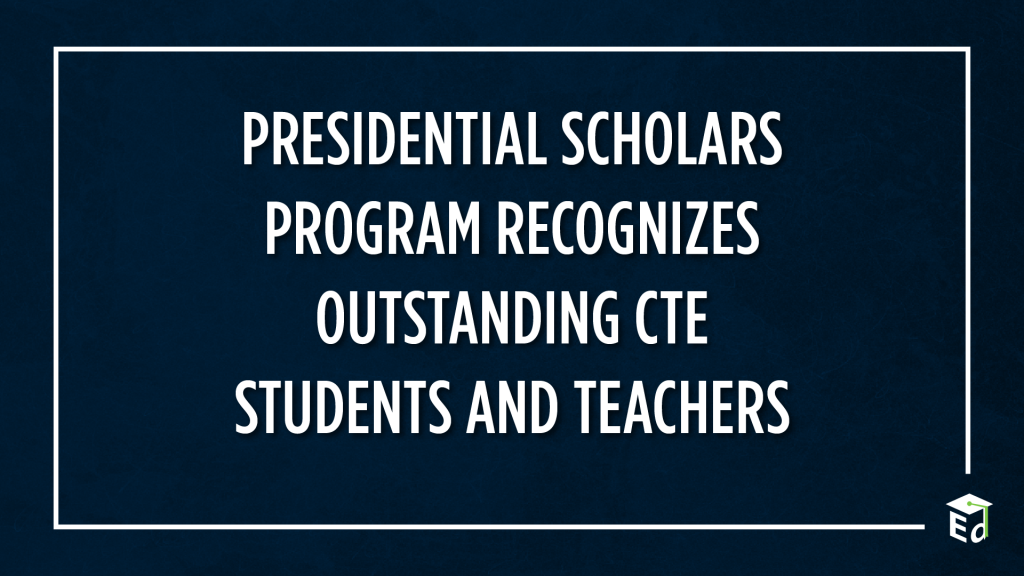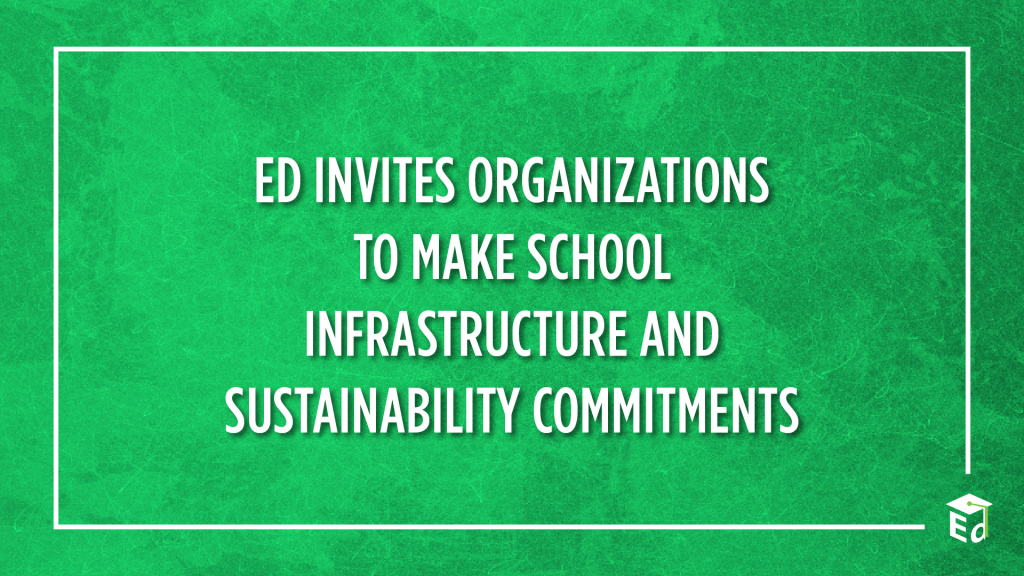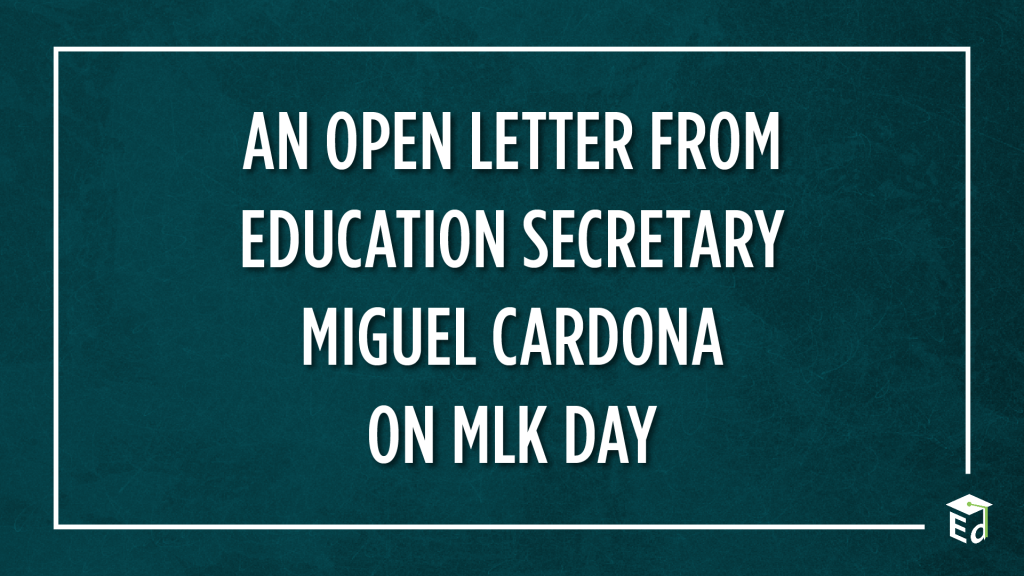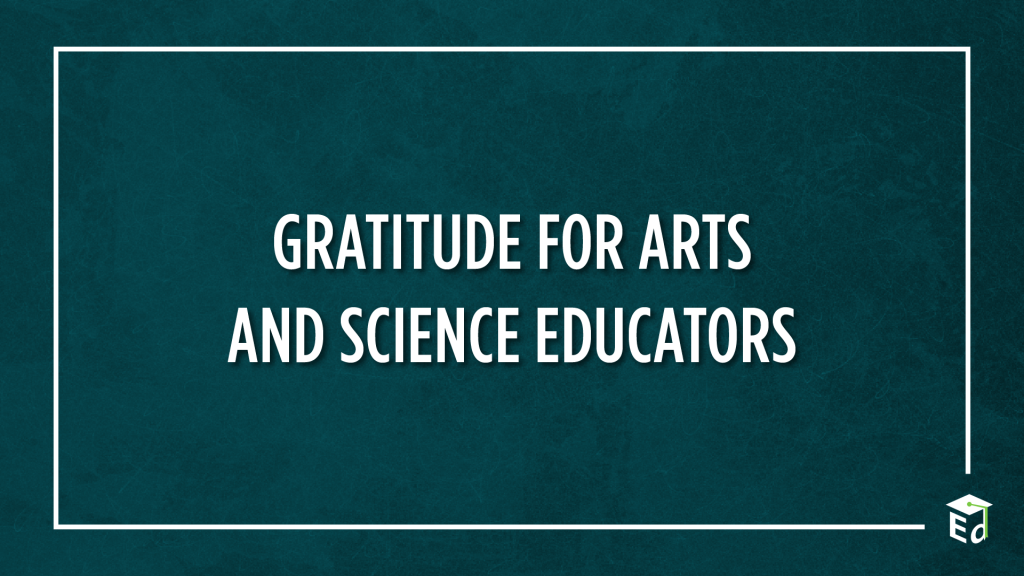
In 2015, the U.S. Presidential Scholars Program began recognizing outstanding students in the field of Career and Technical Education. The move was designed to highlight innovation within CTE programs and the educators who empower these students.
“The opportunities I received through CTE allowed me to realize my full potential and helped me to familiarize myself with various industries so I could make an informed decision about my future. CTE is an educator-driven, empowering opportunity that allows students to learn in an engaging environment, setting them up for success in any field they choose to pursue,” said Tristan Lee, 2022 U.S. Presidential Scholar in Career and Technical Education.
Recipients are also asked to identify a distinguished teacher that influenced them in the classroom and beyond. For Tristan, that teacher was Benjamin Femmel who has taught English Language Arts and Reading (ELAR) for 25 years. He recently transitioned to teaching at the high school level and shared his thoughts on the importance of CTE.
We asked. “How has CTE impacted you?”
During my years teaching KSAT (Krueger School of Applied Technology), where I had Tristan Lee (the Presidential Scholar that nominated me) in 8th grade, I was able to see first-hand how the application of knowledge invigorated the learning process and retention. This is true for every subject, not just their CTE classes.
We wanted to know “What is the most meaningful interaction/memory you have had with CTE?”
A major focus of school last year (21-22) was SEL (social emotional learning). I designed multiple Minecraft projects and competitions that simulated engineering dilemmas/challenges. My students love the unconventional approach and I feel they learned the material to a greater dimensional depth than they would have without the technological extensions.
What advice would you provide to teachers starting their careers?
My advice would be to always keep thinking and searching for new ideas and new ways to do things. Collaborate with veterans (experienced teachers). Collaborate with people beyond your discipline. The best collaboration doesn’t begin within a formal setting, it usually begins with a conversation.
Working with teachers from other pathways and disciplines has helped motivated students to get involved in these programs. CTE also helps students find pathways and careers that are right for them. Behind every successful CTE program are the educators that inspire and empower their students.
These dedicated adults spend their time planning, sponsoring, and supporting students in their classrooms. During this CTE Month, we would like to thank all those educators who have encouraged students to broaden their horizons within a CTE pathway.









